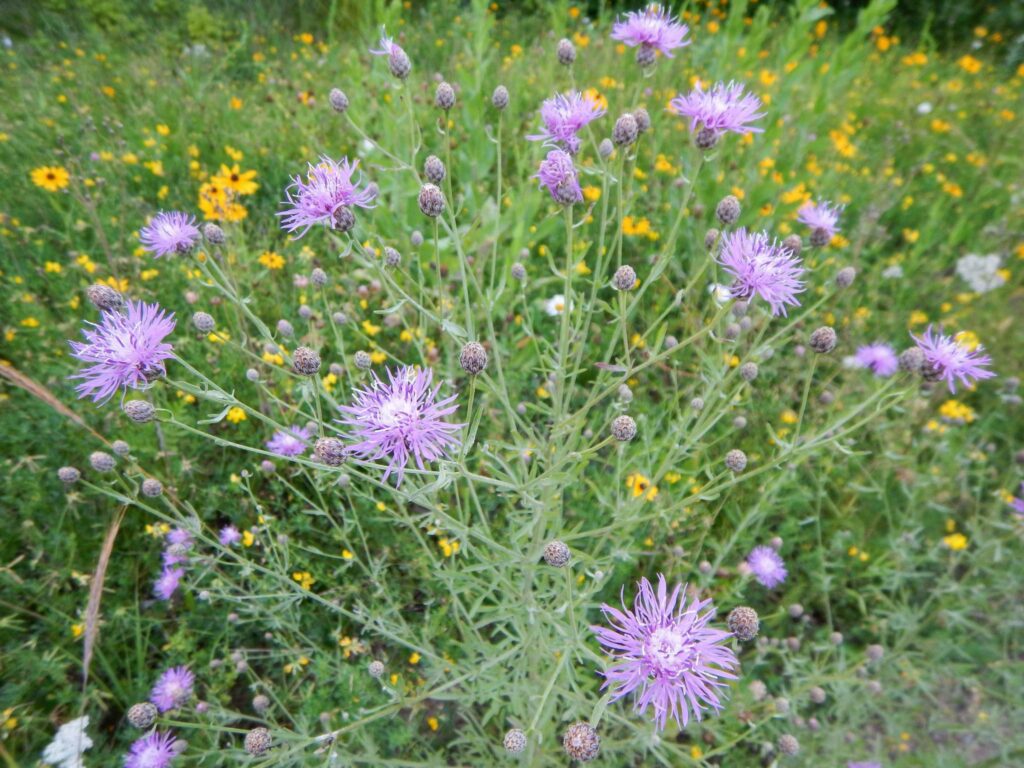
Organizations along Minnesota’s North Shore of Lake Superior will receive thousands of dollars from the U.S. Forest Service to combat exotic plant infestations. The grants were included in 23 programs recently funded by the Great Lakes Restoration Initiative.
Two groups in Cook and Lake Counties will receive about $40,000 each to locate and manage non-native plants. All told, more than $880,000 was awarded to 23 programs around the Great Lakes region.
Invasive plants can have numerous deleterious effects on the ecosystem, including driving out native plants, increasing erosion, and otherwise disrupting the ecosystem.
“The Forest Service is proud to financially assist organizations aiming to promote watershed stability and biological diversity within the Great Lakes watershed,” said Robert Lueckel, Acting Regional Forester for the Forest Service’s Eastern Region. “By monitoring and reducing the spread of invasive plant species, CWMA grant recipients make the Great Lakes basin a better place for people, wildlife, and native plant communities.”
A $38,500 grant to the Cook County Invasive Team’s project will support a seasonal technician who will lead outreach projects and coordinate the effort. A $40,000 grant to the Lake County Soil and Water Conservation District’s Lake County Invasives Team will support its goal of “healthy native plant ecosystems, less exposed soil, lower erosion risk, and improved watershed health.”
All funds provided by the program must receive a 20 percent match from local partners, including staff and volunteer time and other investments.
The goal of the grant program is to “detect, prevent, eradicate, and/or control invasive plant species to promote resiliency, watershed stability, and biological diversity on Federal, State, or other public or private land.”
The Superior National Forest says the region has not been hurt as much as other parts of the Midwest by invasive plants — yet. The agency stresses that preventative measures are much easier and more efficient than trying to get large infestations under control.
But several invasive plants have infested the region, and keeping them under control is key.
While invasive plants can spread on their own via the wind, water and other natural forces, most long-distance spread is caused by humans, who can transport seeds on clothing, equipment, vehicles, or pets. Residents and visitors to northern Minnesota are encouraged to ensure they are not unwittingly transporting these plants to new locations.
More information
- Forest Service Funds Partnerships to Address Invasive Plant Impacts in the Great Lakes Region
- Great Lakes Restoration Initiative
- Non-Native Invasive Species – Superior National Forest
- Cooperative Weed Management Areas Program Area
- Non-native and Invasive Species of the Border Lakes Region – Identification Guide (PDF)

